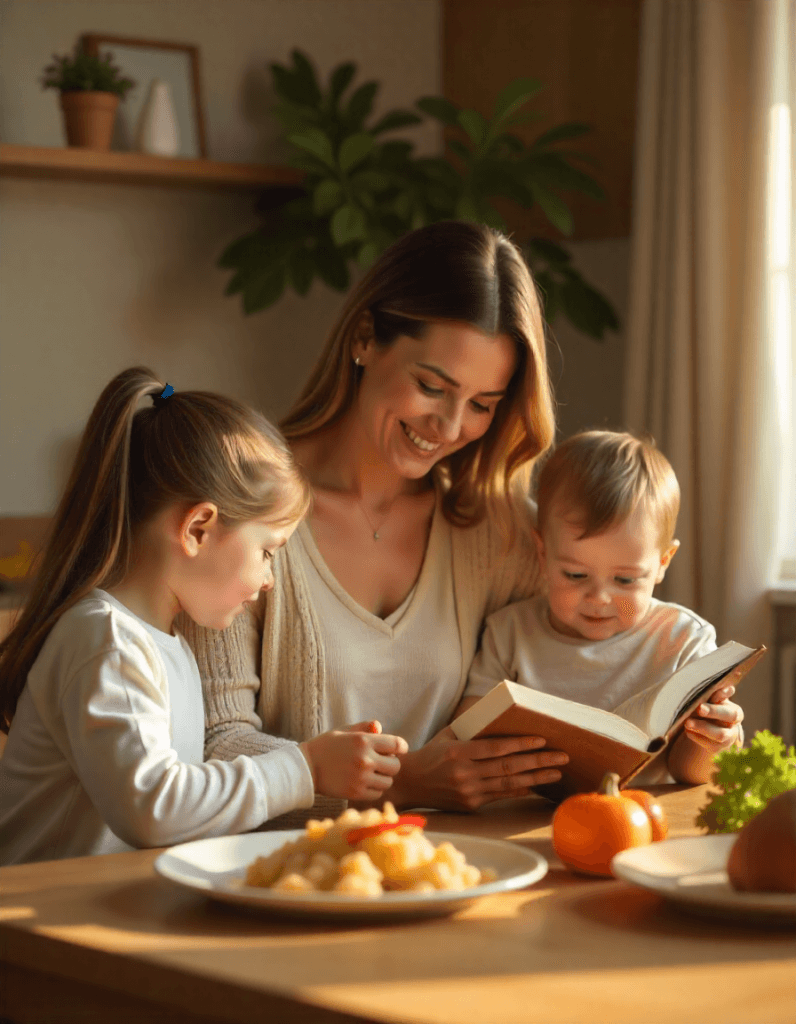Love and attachment overlap, but they’re not the same. Understanding the difference between love vs attachment helps you create mutual love that feels secure, respectful, and freeing instead of anxious, clinging, or confusing. This guide explains what each term means, how attachment styles shape romantic relationships, signs you’re attached more than in love, and practical steps to grow healthy attachments and lasting intimacy.
What Love Is (And What It Feels Like)
Love is an emotional bond built on care, respect, curiosity, and a desire for the other person’s wellbeing. Real love includes:
- Wanting the best for the other person, not just what benefits you.
- Trust and honesty in small things and big ones.
- Joy in spending time together and in each partner’s growth.
- The ability to be vulnerable and to accept vulnerability in return.
When love is mutual, partners support one another’s goals, set boundaries reasonably, and return to connection after disagreements. Mutual love creates a secure base where both people can explore, fail, and feel accepted.
What Attachment Is (And How It Shows Up)
Attachment describes the pattern of emotional bonds formed in childhood and carried into adulthood. It helps humans survive—babies who attach to caregivers thrive—but attachment patterns can become maladaptive in adult romantic relationships.
Attachment shows up as:
- How you respond to closeness and separation.
- How you regulate emotion with a partner present.
- The strategies you use to get needs met (seek closeness, withdraw, demand reassurance).
Attachment styles are not moral labels; they are learned tendencies. Recognizing your style helps you understand relationship reactions and how to change them.
The Four Core Attachment Styles
Attachment styles shape how we experience love and intimacy in romantic relationships.
Надійне кріплення
- Comfortable with intimacy and independence.
- Communicates needs clearly and trusts partner’s goodwill.
- More likely to build healthy attachments.
Тривожна прихильність
- Fears abandonment and craves constant reassurance.
- May interpret normal distance as rejection, leading to clinging or heightened reactivity.
Уникаюча прихильність
- Values independence and can minimize emotional needs.
- May withdraw or shut down when closeness increases.
Неорганізоване приєднання
- A mix of anxious and avoidant patterns, often linked to past trauma.
- Can feel chaotic: wanting closeness but fearing it at the same time.
Knowing your attachment style is the first step toward building healthier connections.
Love Vs Attachment: Key Differences
Compare how love and attachment show up in everyday moments.
- Мотивація
- Attachment often seeks security and certainty for the self.
- Love seeks the partner’s wellbeing and mutual flourishing.
- Response to conflict
- Attachment-driven reactions escalate: panic, shutting down, or blaming.
- Love-driven responses move toward repair, curiosity, and compromise.
- Freedom vs Clinging
- Attachment can feel suffocating—one person may cling or demand.
- Love creates space: partners support each other’s independence while staying connected.
- Durability
- Attachment patterns can feel intense but fragile: if reassurance fails, distress spikes.
- Love grows more stable with trust, shared experiences, and mutual respect.
Signs You’re Operating From Attachment More Than Love
You might be confusing attachment with love if you notice:
- Intense jealousy or fear of losing the partner.
- Counting small signals as proof that the relationship is safe.
- Needing constant reassurance to feel okay.
- Over-indexing your identity on the relationship rather than balancing other parts of life.
- Reacting to normal relationship bumps with panic or withdrawal.
These signs don’t mean you can’t experience real love. They mean your attachment patterns are shaping how you show love—and you can change that.
Why Attachment Patterns Persist
Attachment develops from early caregiving, family modeling, and life experiences. When caregivers were inconsistent, unpredictable, or emotionally unavailable, a child may form anxious or avoidant strategies. Over time, these patterns become automatic adult responses. Stress, past heartbreak, or unresolved trauma also reinforce old patterns. The good news: attachment is plastic—people can learn new patterns with intention and practice.
How To Shift From Unhealthy Attachment To Mutual Love
Change takes time, but these practical steps improve relationships and create healthier attachments.
- Learn your attachment style
Take a validated attachment quiz or reflect on relationship history. Awareness is the first tool for change. - Practice self-soothing skills
When anxiety spikes, use grounding, breathing, journaling, or short walks before reacting. This reduces automatic escalation. - Communicate needs with “I” statements
Say: “I feel anxious when we don’t talk for a day; it helps me to know when you’re busy.” Framing needs reduces blame and invites collaboration. - Build a broader support network
Healthy attachments are supported by friends, hobbies, and work. Relying on one person for all emotional needs fuels insecure patterns. - Set realistic expectations and agreements
Discuss how much contact, time together, and social independence each partner needs. Agreements reduce mind-reading and assumption-making. - Practice repair rituals
After a conflict, intentionally reconnect: a brief check-in, apology, or shared activity. Consistent repair builds trust. - See a therapist (individual or couples)
Therapy focused on attachment work—Emotionally Focused Therapy (EFT) or attachment-informed approaches—can change patterns deeply.
Exercises To Strengthen Healthy Attachments
Try these practices over weeks to make new habits stick.
- Daily Check-Ins: Spend five minutes each evening sharing one win and one stressor. This builds emotional attunement.
- Soothing Scripts: Prepare short phrases for moments of anxiety (“I’m feeling scared right now; I’ll take a walk and we can talk later”).
- Gratitude Exchange: Weekly, share three things you appreciate about each other; this reinforces mutual love.
- Safe-Start Practice: When discussing a tough topic, start with “I feel… and I need…” to reduce defensiveness.
When Love And Attachment Collide: Real-Life Examples
Scenario A: One partner travels for work. Anxious attachment may interpret delay in replies as abandonment and send repeated texts. Love-driven response asks for a check-in plan and trusts the partner’s explanation when agreed.
Scenario B: After an argument, avoidant attachment withdraws and stops talking. Love-driven partners schedule a time to reconnect, expressing curiosity rather than accusation.
These examples show how the same situation can lead to distance or repair depending on attachment patterns and skills.
Mutual Love: The Goal
Mutual love blends affection with secure attachment. In mutual love:
- Both partners can express needs and accept them without fear.
- Boundaries are respected and renegotiated openly.
- Each partner feels free to pursue growth while remaining connected.
Mutual love doesn’t erase hard emotions, but it creates a reliable path back to safety after conflict.
Healthy Attachments In Practice
Healthy attachments mean you can rely on each other without losing yourself. They involve predictable responsiveness: you show up when you say you will, you communicate honestly, and you repair when things go wrong. Secure attachment and healthy attachments are built through repeated experiences of trustworthiness.
Поширені помилки
- “If I cling, it must be love.” Not always—clinging often masks anxiety.
- “Attachment is bad.” Attachment is natural; the problem is insecure or rigid patterns that harm relationships.
- “People can’t change attachment styles.” They can shift toward security with practice and support.
How To Support A Partner With Insecure Attachment
If your partner has an anxious or avoidant attachment style:
- Validate their feelings without rescuing them.
- Offer consistent small actions that build trust.
- Encourage individual therapy and model healthy self-care.
- Avoid power moves like silent punishments that trigger old wounds.
Supporting change requires patience but also clear boundaries so you don’t become their sole regulator.
Коли звертатися за професійною допомогою
Consider therapy when attachment-driven patterns regularly undermine trust, cause severe anxiety, or lead to repeated breakups. Couples therapy that focuses on attachment can teach both partners to notice triggers, repair interactions, and create more secure bonds.
Final Thoughts: Love Grows When Attachment Heals
Love vs attachment isn’t an either/or contest. Healthy love often grows out of secure, well-regulated attachments. When you understand attachment styles and intentionally practice new habits—self-soothing, clear communication, repeated repairs—you shift toward mutual love that feels safe and freeing.
If you’re ready to change, start with one small habit today: a two-minute check-in, a short grounding exercise when you feel overwhelmed, or a calm conversation about needs. Over months, those tiny steps become the foundation for healthier attachment, deeper intimacy, and a more resilient relationship.













